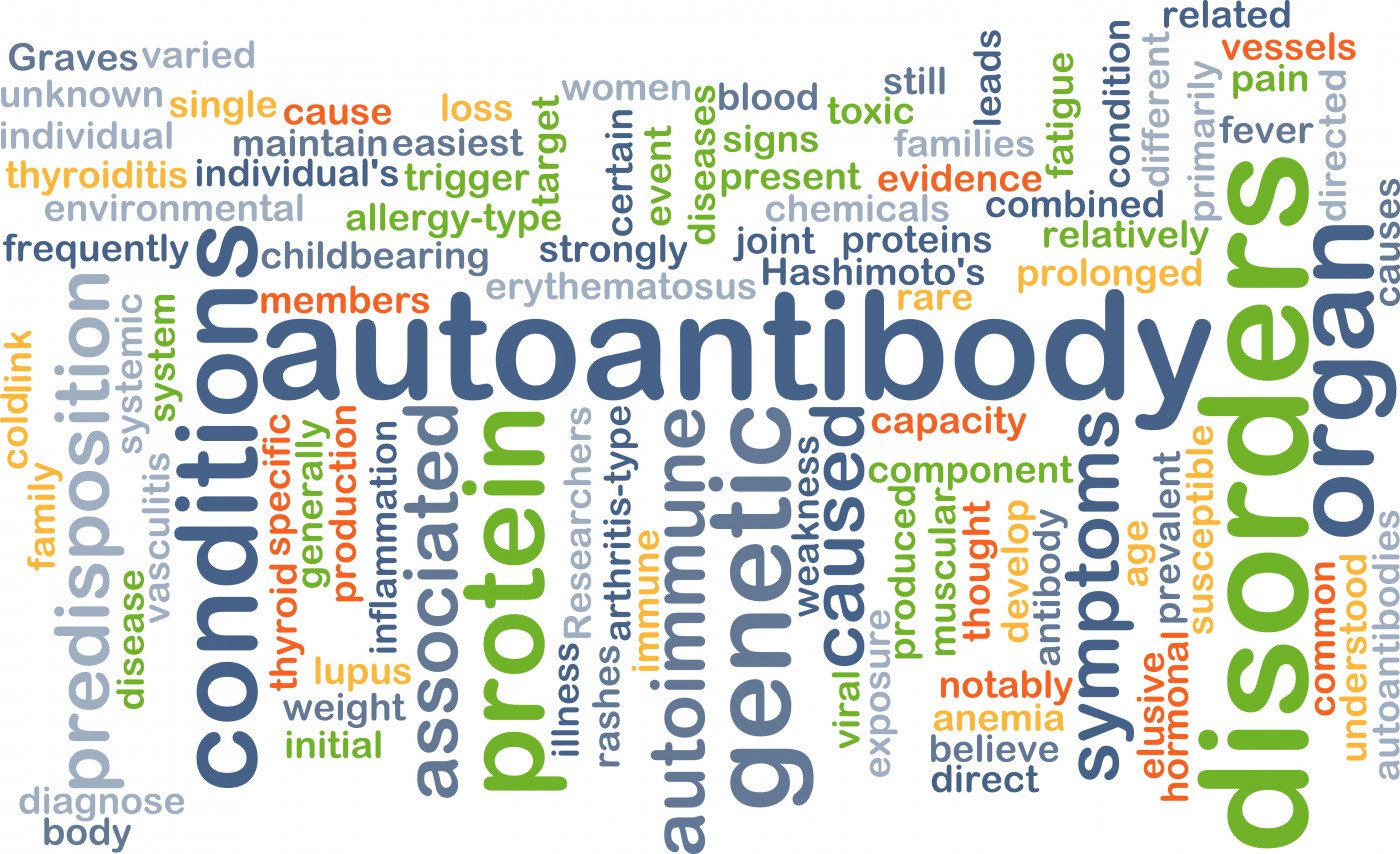Concentric Needle-Jitter a Reliable Method for Myasthenia Gravis Diagnosis, Study Suggests

Concentric needle-jitter is more accurate in diagnosing myasthenia gravis (MG) than repetitive nerve stimulation or acetylcholine receptor antibody positivity, a study reports.
The study, “Repetitive nerve stimulation and jitter measurement with disposable concentric needle electrode in newly diagnosed myasthenia gravis patients,” was published in the journal Neurophysiologie Clinique.
Recording the action potential — an electrical impulse that plays a role in signaling — of a single motor neuron is a reliable method for the diagnosis of neuromuscular junction disorders such as myasthenia gravis. Jitter is the normal electric variability in the interval between two action potentials, or two electric impulses, experienced by one motor neuron.
For a long time, jitter has been measured using disposable concentric needle (CN) electrodes for MG diagnosis. Another method for measuring the abnormality of neuromuscular transmission is known as repetitive nerve stimulation, with a diagnostic value ranging from 77-97% in different studies.
Researchers in Turkey conducted a study to determine the diagnostic accuracy of using concentric needle-jitter in newly diagnosed MG patients compared with repetitive nerve stimulation.
They recruited 30 MG patients who had already been diagnosed. Repetitive nerve stimulation was evaluated in four muscles including the orbicularis oculi (a muscle in the face that closes the eyelids), nasalis (a nose muscle), trapezius (major muscle in the back), and abductor digiti minimi (a muscle in palm of the hand). CN-jitter was measured in the extensor digitorum (muscle of the posterior forearm) and frontalis muscles (muscle that covers parts of the skull).
Results of CN-jitter showed that 93% of patients exhibited high jitter in at least one of the muscles tested. Repetitive nerve stimulation, on the other hand, was abnormal in 77% of patients. The most frequent muscle showing an abnormal value was the orbicularis oculi.
Interestingly, 86% of patients who were normal according to repetitive nerve stimulation could be diagnosed with CN-jitter.
Furthermore, among the 13 patients with generalized muscle weakness, all had high jitter in both muscles studied, whereas of 17 patients only with ocular weakness, 15 had high jitter in at least one muscle studied.
“The present study showed that CN-jitter (93%) had more diagnostic accuracy than RNS (77%) and [acetylcholine receptor] antibody positivity (73.3%) in newly diagnosed MG patients who had typical presentation and had already been diagnosed with MG at the time of the electrophysiological studies,” the authors conclude.






